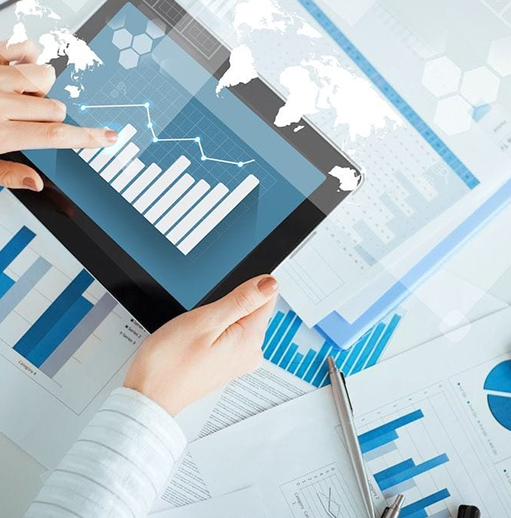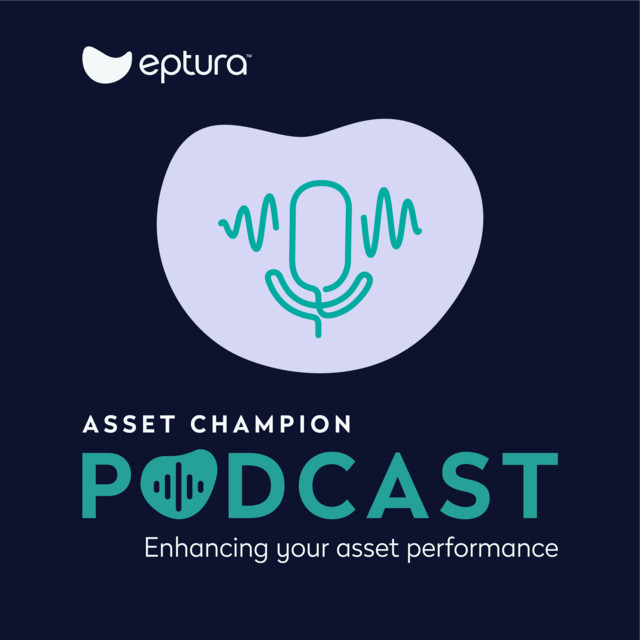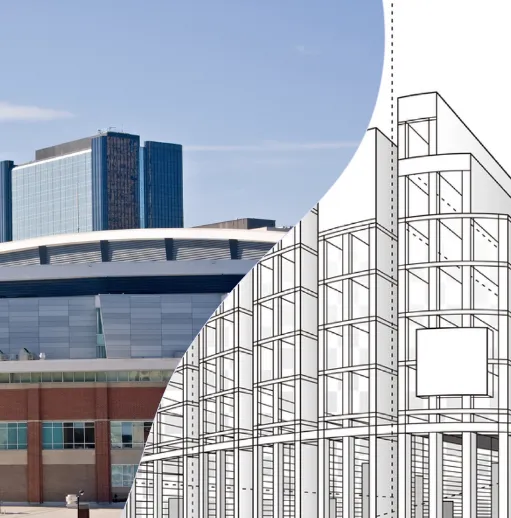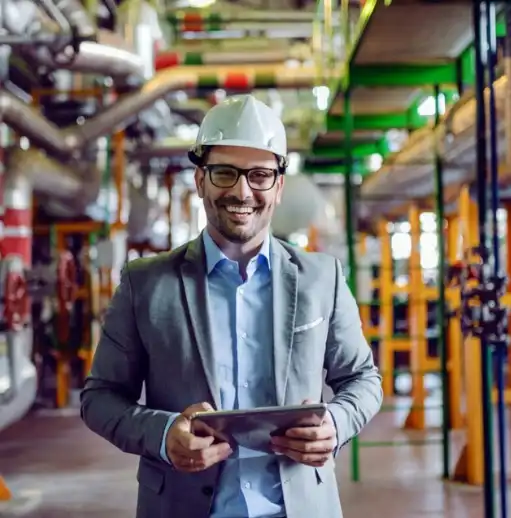
When it comes to sustainability, most of the focus has been on new buildings, but now the attention is starting to shift to how businesses can maintain their existing assets more sustainably.
You can apply environmentally friendly practices to all the tasks involved in maintaining your assets and buildings. But sustainable maintenance is more than that. It’s also focused on eliminating wasteful practices, lowering your costs, and reducing the social impact of your actions. With that in mind, here are some of the basics of sustainable maintenance along with the main principles to guide you.
What is sustainable maintenance?
Maintenance is all about keeping your equipment and assets in use for longer. However, many maintenance tasks also require the use of materials and energy which can produce unintended and hazardous byproducts (such as dust or emissions) that have a detrimental impact on the environment.
To implement sustainable maintenance, you must look at the impact of the maintenance required to prolong an asset’s life cycle from an environmental point of view. You must consider the environmental implications of specific maintenance activities and then compare them to the impact of alternative solutions, such as replacing the asset or switching from a preventive to a reactive maintenance strategy.
The main aspects you should consider when evaluating the sustainability of your maintenance tasks are the:
- Maintenance cycle and how the impact of a maintenance task grows the more you repeat it.
- Impact of the activity in terms of the amount of energy you use, the pollutants it creates, and the hazardousness of the waste.
- Impact of the maintenance products you use (such as solvents and grease) on the environment.
Once you have an idea of the impact of a specific maintenance activity over the life cycle of an asset, you can then compare it to alternative actions and think about how you can improve it.
Why is sustainable maintenance important?
The main objective of sustainable maintenance is to reduce your impact on the environment while eliminating waste. But when maintenance and efficiency go together, you can enhance the performance of your business environmentally, socially, and economically.
Environmentally, sustainable maintenance can help you reduce emissions, improve air quality, and reduce waste. You can also prolong asset lifespans and reduce energy costs. As an example, preventive maintenance can help you reduce raw material usage by 20% and cut vehicle emissions by 30%.
Sustainable maintenance also has important social benefits. It can improve the health and safety of your workers and reduce the impact of your business (noise and pollution) on the local community.
There are also economic benefits associated with sustainable maintenance, as it can help you increase compliance, improve utilization rates, prevent unnecessary maintenance, and reduce the costs associated with fines, downtime, and breakdowns.
How do you implement sustainable maintenance?
The first step in creating a more sustainable maintenance function is to achieve buy-in from the wider team and to explain why you are making changes. Some of your team will actively participate in the changes while others may only respond once they see others acting responsibly.
Once you have explained the reasons for the changes, you can then look critically at how you perform maintenance tasks and start to make improvements.
Prevent unnecessary use
One of the first things to consider is whether maintenance of a particular asset is necessary at all. If it is, then think about how you can reduce the frequency of maintenance tasks without suffering any notable downturn in performance. You should also ask yourself whether you can carry out the maintenance task in a more efficient way that reduces the environmental impact and the frequency of future maintenance.
Use reusable resources
Where possible, you should also make sure that the resources and materials that you use for maintenance tasks are renewable/reusable. For example, is it possible to use sustainable energy sources for tasks that require electricity? Perhaps you can use human power rather than machine power for certain activities without impacting efficiency? And make sure that you either reuse any waste produced by the maintenance work or recycle it properly.
Use limited resources wisely
Sometimes there’s no alternative to using finite resources but you can still do so in a considered and sustainable way. For example, can you perform a task more efficiently to reduce the amount of electricity or materials you use? Or perhaps you can use equipment that consumes less energy or materials that reduce the impact on the environment, such as water-based paints rather than oil-based or solvent-based alternatives?
What are examples of sustainable maintenance in action?
Implementing sustainable maintenance does not have to be difficult, innovative, or time-consuming. There are some simple and cost-effective changes that you can make to your business right now. As an example, the installation of low-flow toilets and sink sensors is a simple way to reduce water waste.
You can also reduce electricity usage by 75% by switching from incandescent light bulbs to compact fluorescent lights. You can then install sensors in hallways and other less-used areas of the business to turn your new lights off when they’re not in use.
Another simple step that you can take is to create and use an efficient recycling plan. Providing appropriate containers and taking the time to explain to techs and workers what can be recycled and how they can help to keep more of your waste out of the landfill.
How can Eptura CMMS help?
Technology can help you make the switch to more sustainable maintenance tasks. Eptura CMMS® enables you to track, schedule, and organize all your maintenance activities and keep track of what’s working and what’s not so you can identify trends and find areas for improvement.
As well as making your operations run smoother, Eptura CMMS can also help you go green. Optimizing your preventive maintenance allows you to keep buildings and assets operating at peak efficiency, while the mobile app puts the power in your techs’ pockets so you can go paper free.
There’s also intelligent spare parts management so you can reduce the number of deliveries (and the carbon impact), while automation with IoT helps you create greener buildings that use less energy and save you money.
What’s next?
Eptura’s here to help you get the solution that works best for you, from answering your questions about everything related to maintenance to helping you book a live software demo.
Executive summary
Sustainable maintenance is important because it enables you to enhance the performance of your business environmentally, socially, and economically. Environmentally, sustainable maintenance helps you reduce emissions and reduce waste. Socially, it can improve the health and safety of your workers, while economically, you can improve utilization rates and reduce the costs associated with breakdowns and fines.
To implement sustainable maintenance, you must consider the environmental implications of specific maintenance activities. You can then compare them to the impact of alternative solutions, such as replacing the asset or switching from a preventive to a reactive maintenance strategy.
Technology can help you make the switch to more sustainable maintenance tasks. Tools like Eptura CMMS® can help you track, schedule, and organize all your maintenance activities and keep track of what’s working and what’s not so you can find areas for improvement.


